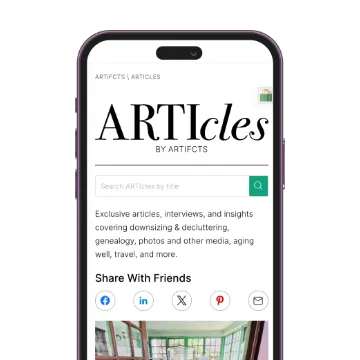Growing up, my father used to embark on a rousing melody of “Over the River and Through the Woods” on just about any family car trip that occurred between Thanksgiving and Christmas. (Or at least that is what it felt like to my five-year-old self.) We knew the words by heart, although not quite as Lydia Maria Child penned them back in 1844 in her original poem by the same title. Her original poem included the refrain “Hurray for Thanksgiving Day,” yet nowadays, the refrain heard at the end is most often, “Hurray for Christmas Day.”
I have on occasion caught myself singing the same song to my daughter when we embark on a long car trip, although she is not as accommodating as we were back then. Her immediate response is usually, “Mom, you’re embarrassing me.” Right.
Regardless of whether you’re going over the river and through the woods or flying halfway around the world, the holidays have a way of pulling us home, bringing us back to our roots. There’s no doubt something comforting about the sights, smells, and sounds of being “home.”
Although I am not going home this holiday season—my family is scattered, and my childhood home is no longer in the family—I did go “home” over the summer. I took my daughter on a whirlwind tour of Cape Cod and had the good fortune to be joined by my co-founder and her daughter for our adventure. (Ellen previously wrote about our experience and ALL THOSE PHOTOS here.)
For me, it was a trip down memory lane, for them, it was a new and exciting adventure. The Old Dexter Grist Mill was a fun and historically interesting spot; for me it wasn’t just the Grist Mill, but one of our favorite fishing spots growing up. Kayaking the marshes around Sandwich, MA was a unique way to appreciate the diverse marsh ecosystem; for me it was reliving countless afternoons creek jumping and mucking about in marsh boots that always seemed to be two sizes too big.
I wish I had Artifcts “back in the day” so I could have captured my childhood home and all the memories. I still remember the details, small and large, that made my home “my home.” The butcher block countertops that hugged our kitchen, the white couch we were only allowed to sit on for photos, and yes, even our front door with its cranberry red trim and large granite slab front step.
For those of you that are going “home” this holiday season—take a moment to remember your roots and capture the sights, sounds, and memories of being home. Artifct your favorite room in the house or maybe even the whole house! Your future self will thank you.
###
© 2022 Artifcts, Inc. All Rights Reserved.


































